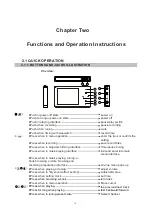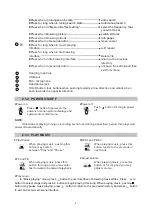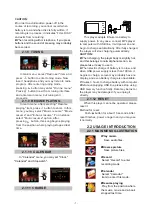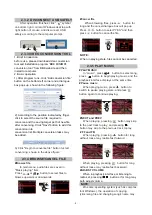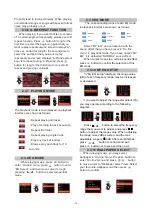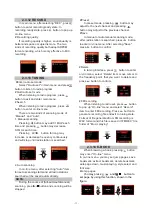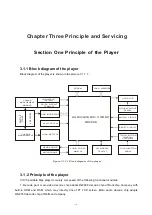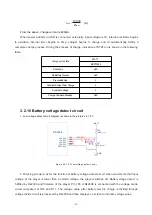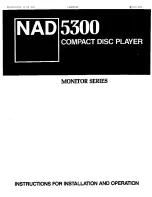
Figure 3.2.2.1 WM8750 internal principle block diagram
2. Working principle: when the machine power on, reset circuit keeps high level reset signal. After
RK2608 completes reset through reset pin 113, reset signals output from pin 56 to pin 42 of SSD1928 to
enable SSD1928 to finish reset (V3 screen need no SSD1928 drive, so there is no this reset process), at
the same time reset signals are sent to enable end of RT9284, boost circuit begins to work and screen is
lightened. Meanwhile, 1.8V and 3.3V power circuit begins to supply power for RK2608, 24M crystal
oscillator Y1 oscillates and decode chip begins to work and read data saved in Flash. After RK2608
decoding, video signals are sent to SSD1928 to drive LCD screen to display through SSD1928.
3.2.2 Audio decode circuit principle
1. Audio decode circuit is mainly composed of decode chip WM8750 and peripheral circuit. WM8750
is a stereo coder/decoder with low power consumption and high quality, specially designed for portable
digital audio application. WM8750 adopts I2C bus mastering means and its internal principle block
diagram is shown in the picture 3.2.2.1.
2. Working principle: the digital audio signals that output after being decoded by the internal decode
circuit of RK2608 are sent to WM8750 inside for DA conversion through pin 6 of WM8750 and the analog
audio signals after conversion are sent to headphone jack for output through HP_OUTR and HP_OUTL.
When the machine is recording, external analog audio signals pass through microphone and an
INPUT pin (pin 24) of WM8750 and then are sent to AD conversion unit of WM8750 for AD conversion
and then for digital filtering, volume control and echo processing inside. The digital audio signals after
being processed are sent to main decode chip RK2608 for processing and then saved in Flash.
- 18 -

